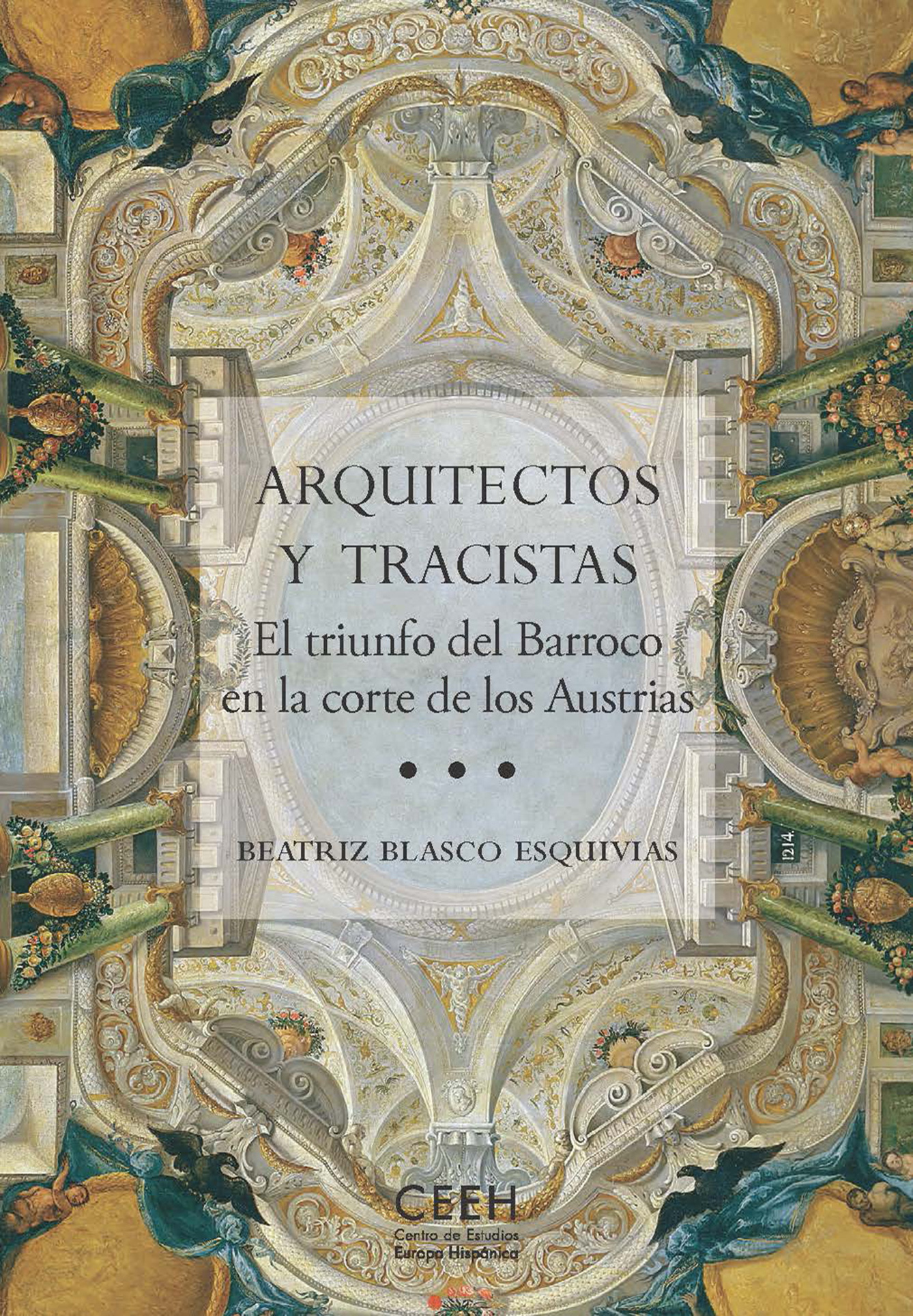Author
Beatriz Blasco Esquivias
Characteristics
444 pages; 95 color illustrations; flapped paperback; 17 x 24,5 cm
Publication
Spanish; preface by A. Bonet Correa; with the collaboration of the Universidad Complutense de Madrid and Patrimonio Nacional; 2013
ISBN
978-84-15245-31-5
Price
€33,66
Buy on our site and save 5% on this book until April 30
(coupon code: DÍA DEL LIBRO)
«The disciplines with which the architect is concerned, or rather, which are absolutely indispensable to him, are the following: painting and mathematics.» This idea, expressed by Leon Battista Alberti in De re aedificatoria, took root in the Spanish court of Charles V and brought about a profound transformation in the theory and practice of architecture, provoking an intense debate between painter-designers and master builders which was to culminate in the triumph of the former in the Golden Age.
The teaching embodied in treatises on architecture, painting and sculpture, and also in historical chronicles, artistic biographies and other sources, attests the decline of the master builders vis-à-vis certain painter-designers who upheld a new conception of the arts of drawing and of architecture itself, based on the human being’s faculty of invention, on the mastery of descriptive drawing and a comprehensive knowledge of mathematics, geometry and perspective, asserting their status as inventive architects who dissociated architectural design or invention from the building process itself. The arguments in this debate and the voices of its participants throw new light on the history of architecture in the Spanish Court, describing a panorama which includes not only architects but painters, authors of treatises and other writers who made possible the modernisation of art and architecture in the Madrid of the Habsburg era. The study which was the basis for this book received the award Villa de Madrid de Investigación Municipal “Antonio Maura” (2010).
Beatriz Blasco Esquivias, professor of the History of Art in the Universidad Complutense de Madrid, is the author of numerous studies on architecture and urban planning in the Spain of the Modern Epoch. She has received various awards for research and exhibitions, including the exhibitions Filippo Juvarra (Madrid/Turin/Naples, 1994-1998), Madrid y los Sitios Reales (Madrid, 2002) and Fernando VI y Bárbara de Braganza (Madrid, 2003). Among her more important books are Arquitectura y urbanismo en las Ordenanzas de Teodoro Ardemans (1992), ¡Agua va! La higiene urbana en Madrid (1998), Atlas Mundial de la Arquitectura Barroca (2001) and La casa. Evolución del espacio doméstico en España (2006).

